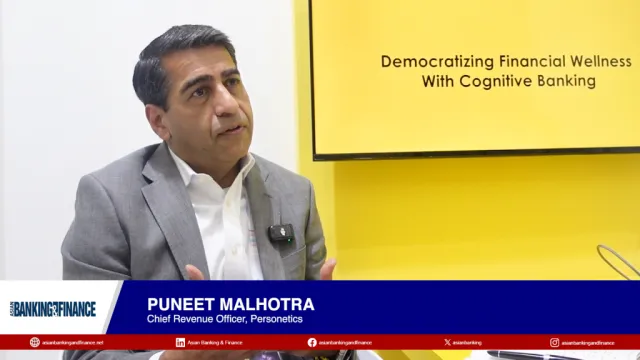
What will drive Indonesia’s credit card market to a 9.8% CAGR?
In 2024, the market saw a 7.8% rise in value.
Indonesia’s credit and charge card payments market is projected to grow by 3.2% in 2025 to reach $27.9b, according to data from GlobalData.
The growth is being driven by increased consumer spending and a rising preference for cashless transactions, supported by incentives such as cashback offers, installment plans, and flexible repayment options.
In 2024, the market saw a 7.8% rise in value, reflecting a growing shift in consumer behaviour.
GlobalData also forecasts the market will grow at a compound annual growth rate (CAGR) of 9.8% between 2025 and 2029, reaching $39.2b by 2029.
Despite lower overall penetration compared to debit cards, credit and charge card usage is increasing.
On average, each credit or charge card was used 24.2 times in 2024, compared to just 3.9 times for debit cards. Usage frequency is forecast to rise to 30.9 times by 2029.
Kartik Challa, Senior Banking and Payments Analyst at GlobalData, said the launch of the domestic credit card scheme Kartu Kredit Indonesia (KKI) has supported the adoption of credit cards by offering localised options for consumers. Cashback, discounts, and rewards programs continue to attract users.
The expansion of payment infrastructure has also contributed to the market’s growth.
The number of point-of-sale (POS) terminals in Indonesia rose from 1.4 million in 2020 to 2.2 million in 2024, and is expected to reach 3 million by 2029.
In 2024, Indonesia had 7,793 POS terminals per million people, higher than countries like India, Vietnam, the Philippines, and Cambodia.
Despite ongoing global trade tensions and geopolitical risks, the credit and charge card market is expected to continue expanding.



















 Advertise
Advertise







